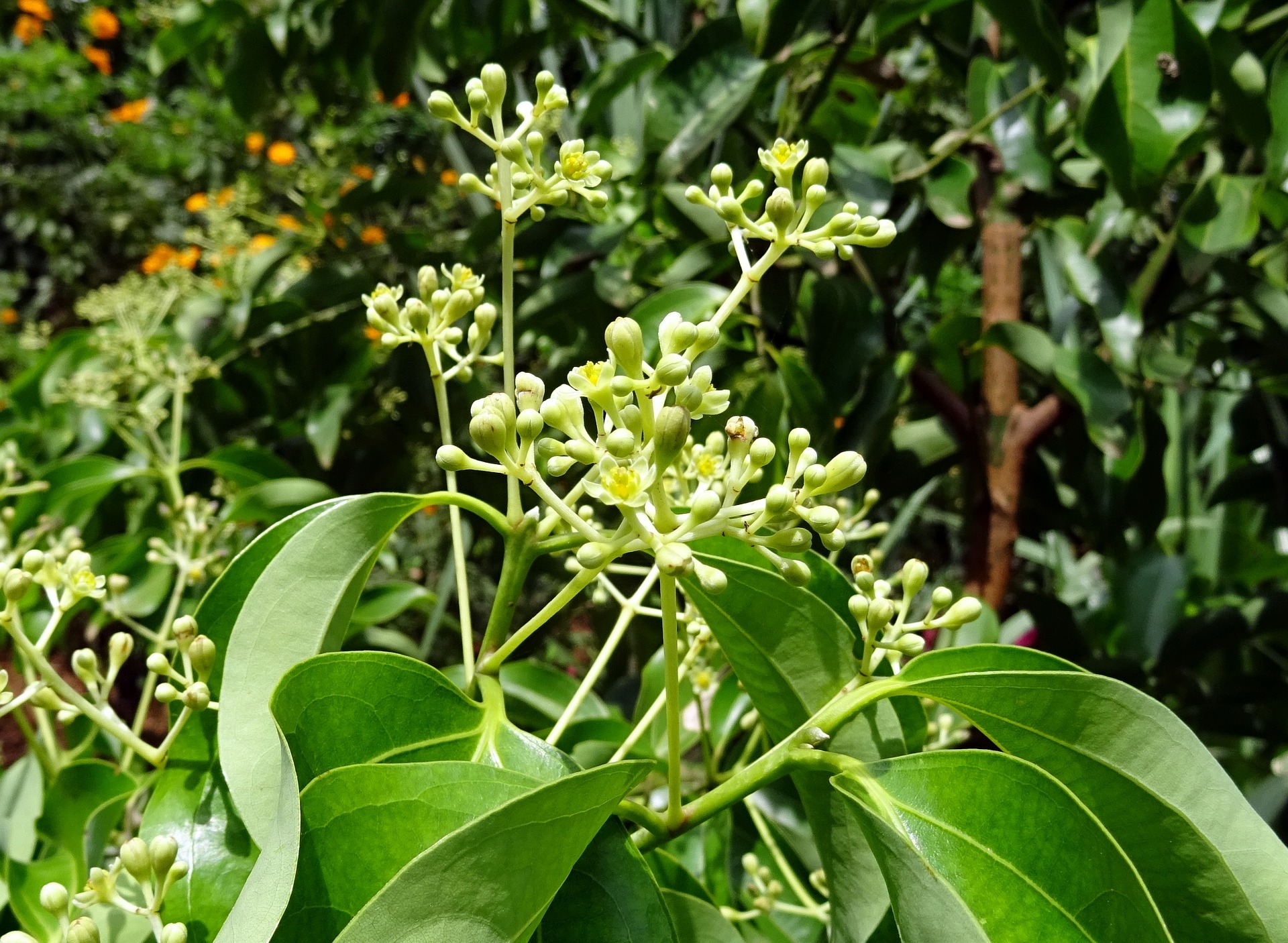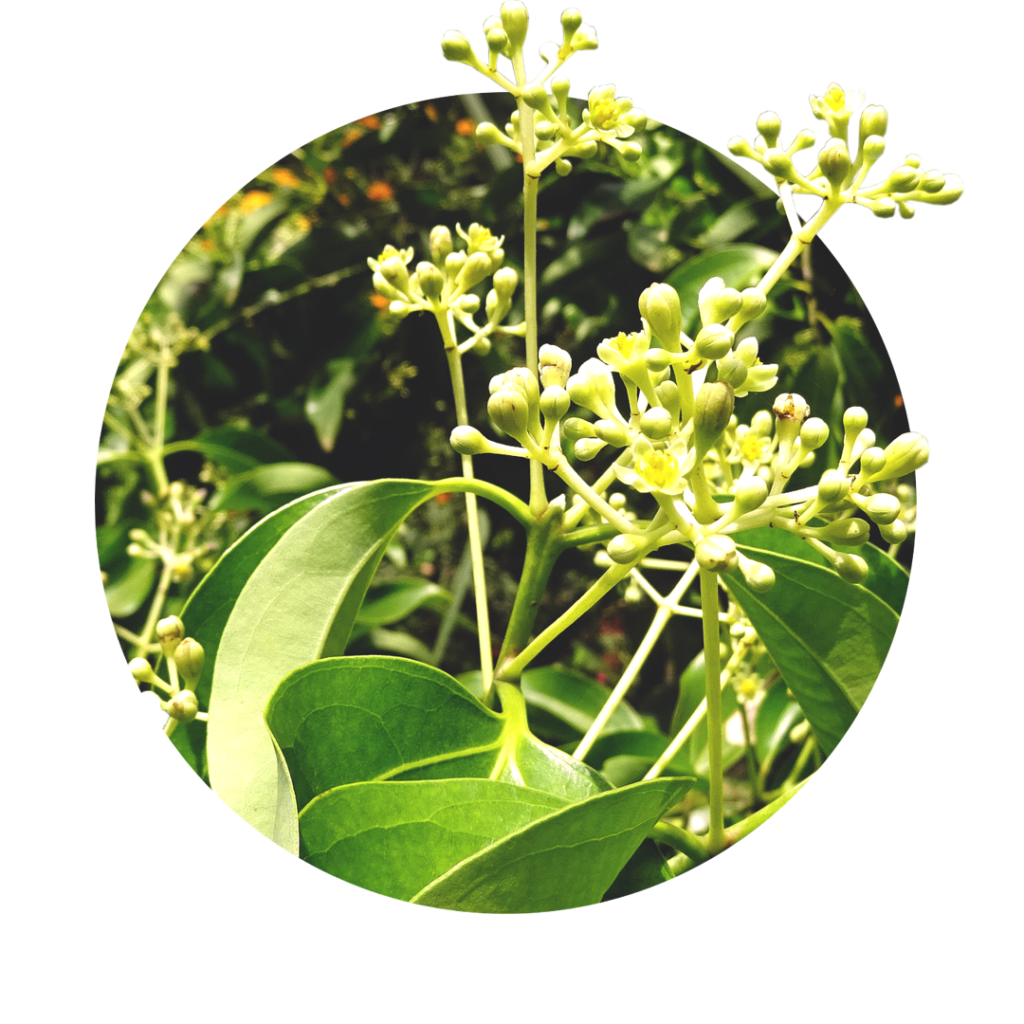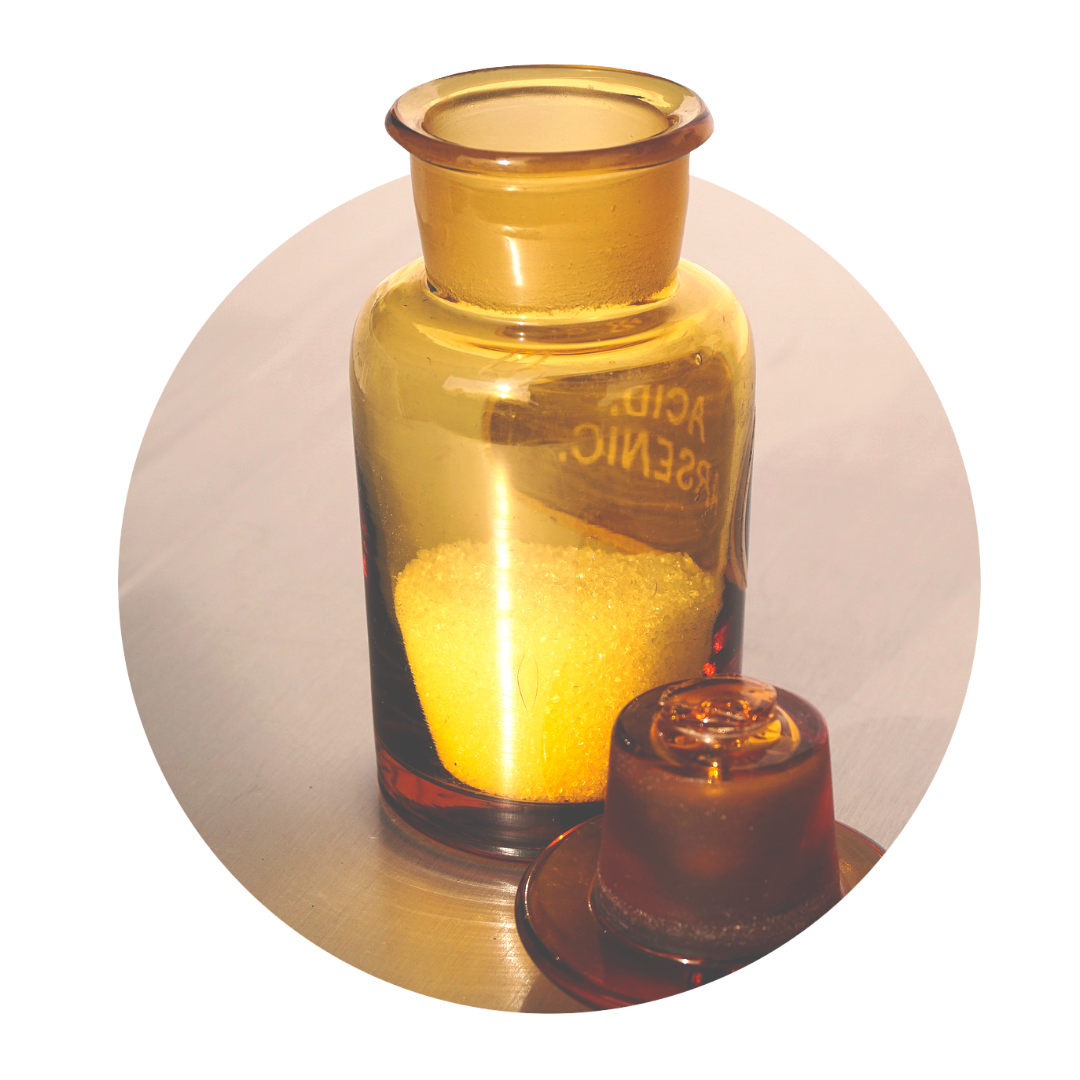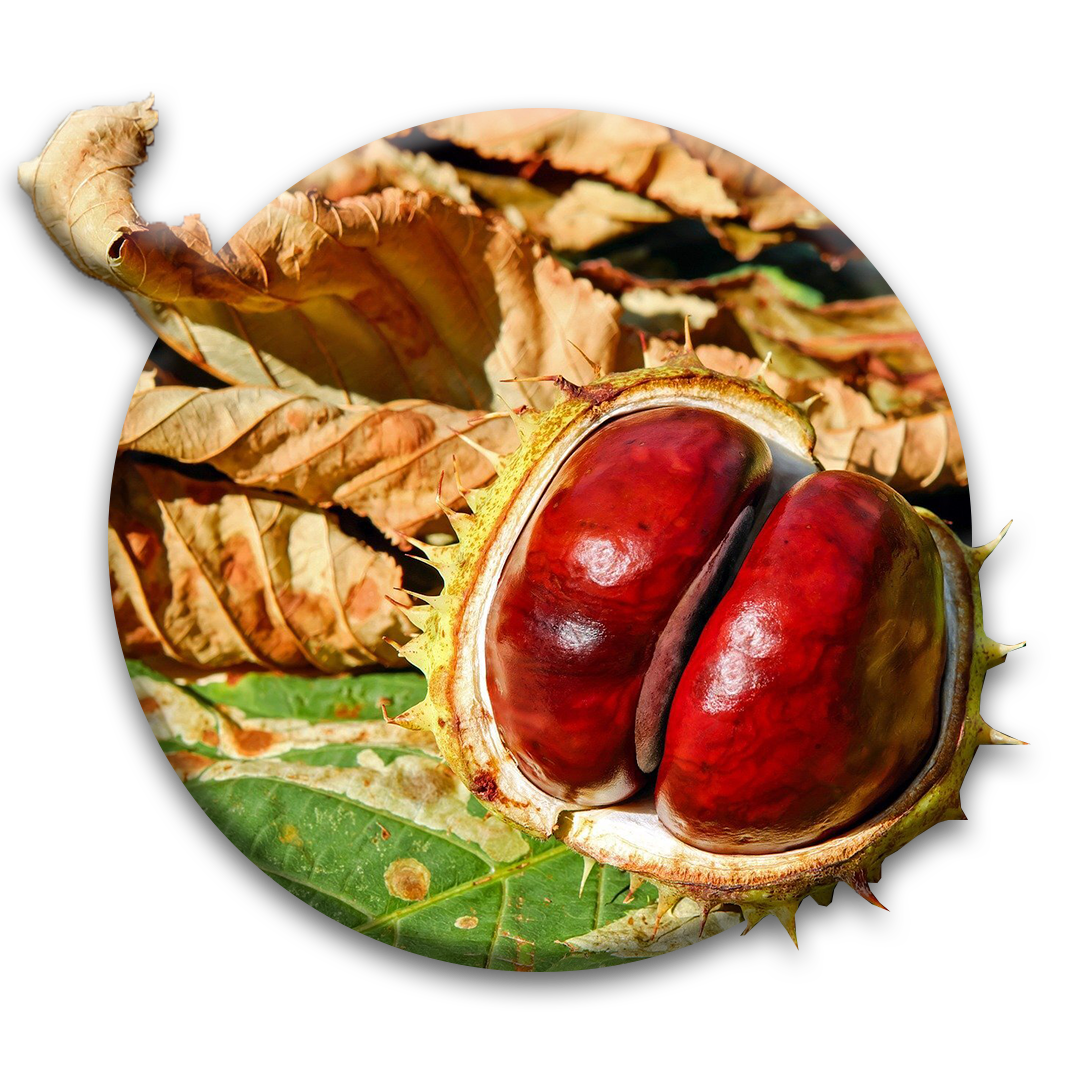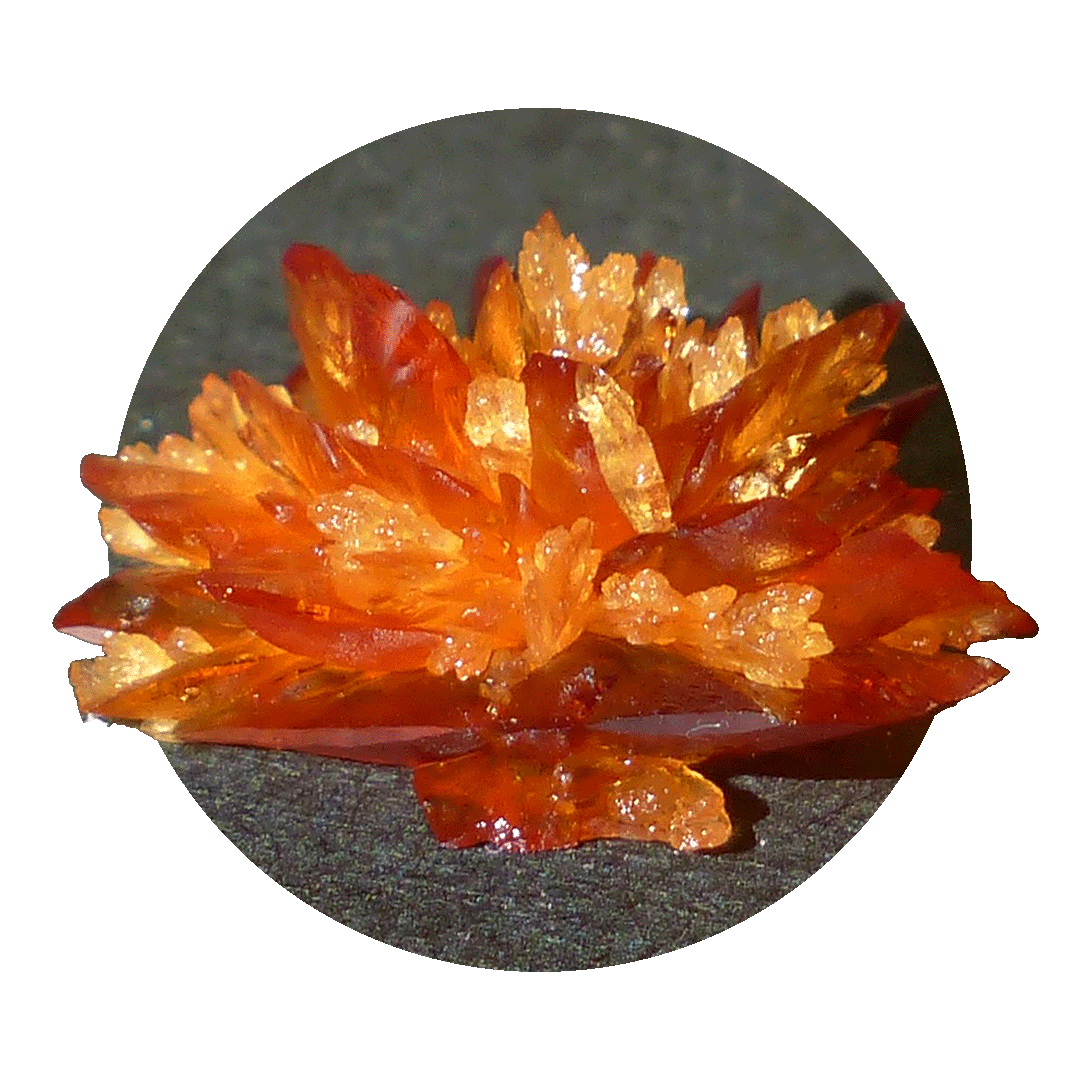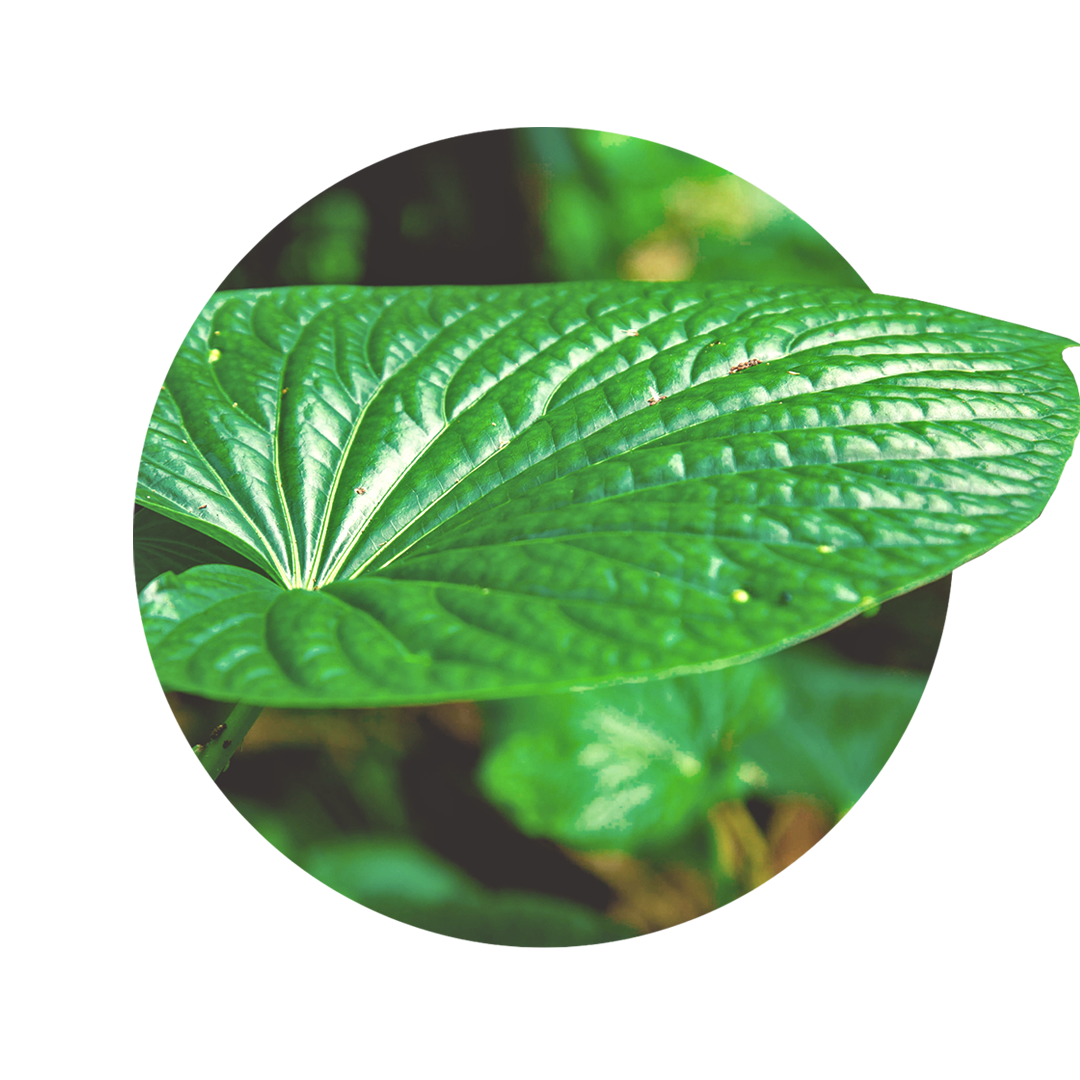Cinnamon: Much more than just a spice
Cinnamon is one of the oldest spices in the world. In Asia, it has been used in cooking since before 2000 BC. In 1502 Vasco da Gama brought cinnamon back to Europe from a trip to Ceylon. Especially the bark of the tree enjoys great popularity in our country since then. It has become an integral part of Christmas baking and can be found as an ingredient in many recipes.
Facts about cinnamon
Did you know that...
...The name Cinnamomum is a Latinized version of the ancient Hebrew kinamom?
...The Ceylon cinnamon is the most aromatic among the cinnamon?
...cinnamon had its peak of popularity in Europe in the 16th-18th centuries?
What is cinnamon?
The cinnamon tree is an evergreen tree with growth heights of up to 18 meters. Its home is Sri Lanka, where it is planted as a crop. In the process, the trees are pruned so that more branches are formed on which the cinnamon bark can be harvested. The young leaves of the tree are red in color and only as they grow do they turn completely green with their characteristic bright veins. The flower of the cinnamon tree is whitish-yellow and then turns into an encapsulated fruit. This fruit is called cinnamon blossom in the spice world and tastes very similar to the bark, but somewhat more floral and mild.
General and medicinal properties of Cinnamomum
The basic knowledge
Decongesting
Cinnamon is anticonvulsant. The active substances contained in it relax muscles. This is used for problems in the digestive tract and menstrual cramps in ladies.
Antimicrobial
Cinnamon is antimicrobial. With its ingredients, cinnamon can be used for bacterial and viral colds as well as various fungal infections. Especially fungal diseases of the foot have been the subject of research and have confirmed this.
Blood sugar lowering
Cinnamon lowers blood sugar. It keeps the blood sugar level constantly low and thus reduces the risk of type 2 diabetes and its secondary diseases. In addition, it stimulates the digestive glands and ensures a better metabolism.
Anti-inflammatory
Cinnamon is anti-inflammatory. Cinnamon is successfully used for rheumatic inflammation of joints. The swelling decreases, the inflammation goes down and the affected joint becomes more resilient again.
Cinnamomum: Ingredients
Cinnamon bark is rich in essential oil, which also gives it its characteristic taste and smell. However, it also contains a number of other ingredients.
You can find the following ingredients in cinnamon:
- Essential oil with cinnamaldehyde
- Eugenol
- Coumarins
- Tannins
- Phenolic carboxylic acids
Cinnamon: effect for body and mind
Cinnamon has been used in medicine for thousands of years. Important today is its relation to mucous membranes. Here it develops an anti-inflammatory potential which is probably due to its antimicrobial properties and the small amount of coumarins. Especially in diseases of the nasal sinuses, cinnamon has proven its worth as a component of naturopathic mixed preparations or as an inhalant. Another point is its positive effect on the digestive tract. On the one hand, it activates the digestive glands, and on the other hand, it promotes motility of the digestive glands without causing them to spasm. It has also been observed that it relieves the pancreas, keeping sugar levels low and thus preventing type 2 diabetes.
Properties of cinnamon
- Antimicrobial
- Blood flow activating
- Disinfecting
- Blood sugar lowering
- Blood lipids lowering
- Digestive
Fields of application in naturopathy
[Cinnamomum verum]
Cinnamon has a right range of applications, the main ones of which are presented below.
Cinnamon for indigestion
Cinnamon has an extensive effect on digestion and is therefore an integral part of many cuisines around the world. Cinnamon stimulates the intestines to move in order to better mix and transport the stool and food pulp. But also the stomach and the digestive glands are activated and secrete more digestive juices. Thus, nothing stands in the way of optimal digestion and the process can proceed healthily.

Cinnamomum for infections
Cinnamon has an antimicrobial effect. It is used against fungal infections of the skin on the feet, as well as viral or bacterial inflammation of the respiratory tract. Its ingredients act against the pathogens and kill them, so that the infection stops and subsides.
Cinnamomum for appetite increase
Many elderly people no longer have an appetite because the digestive glands have become tired. The stomach produces too little acid, the pancreas too few enzymes and the liver too little bile. Cinnamon bark stimulates these glands so that more digestive juices are available again. Hunger returns, because only a prepared digestive tract can also digest food well.
Cinnamon for high blood sugar level
Some studies have shown that cinnamon, when taken orally, keeps blood glucose levels low. Especially for people with prediabetic metabolism or an early stage of diabetes type 2, it can therefore be useful to work with cinnamon. This is because a lower blood sugar level also means lower insulin levels. Thus, many secondary problems of type 2 diabetes are helped.
Cinnamon for cold symptoms
Very popular is cinnamon in formulations for the treatment of colds. These usually affect the mucous membranes of the respective area. Cinnamon is very active on the mucous membranes, reduces swelling and inflammation and kills the pathogens. This relaxes the situation and cough and cold quickly subside.
Cinnamomum for high cholesterol
Cinnamon has shown in studies that it was able to lower blood sugar levels in patients, but also blood lipid levels. This includes the often maligned cholesterol, separating it into good HDL cholesterol and bad LDL cholesterol. The result of the study was clear in that HDL cholesterol remained stably high, while LDL cholesterol was massively reduced. The result is a reduction in the risk of coronary artery disease.
Notes on the use of cinnamon
The cinnamon is in homeopathic or spagyric form repeatedly included in finished medicines. Otherwise, it is always added to tea mixtures that are aimed at the respiratory or digestive tracts. It is also often used as an inhalant for respiratory problems.
Cinnamon in pregnancy & lactation
During pregnancy, cinnamon should be avoided. During breastfeeding, the cinnamon is no longer a problem.
Cinnamomum for gastrointestinal ulcers
In case of existing gastrointestinal ulcers, the consumption of cinnamon should be avoided.
Cinnamon for allergies
The cinnamon oil can cause irritation and allergic reactions in some allergy-prone people. In this case, external application of the oil is also sufficient.
Discover our sprays
With natural methods such as the individual spagyric sprays from Zimply Natural, complaints can be treated and sustainably alleviated.
Use the healing power of Cinnamomum!
Use the healing power of cinnamon and our other 100 medicinal plants for the natural relief of your ailments. Improve your well-being and support your body, mind and soul! Use our configurator to create your personal spagyric spray, which is tailored to your needs and accompanies you on your natural path to the improvement of body, mind and soul.

